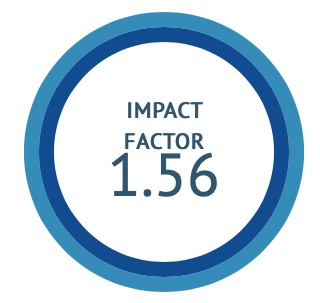Evaluation of Anti-vitiligo properties through an In-silico Computational screening of Selected Herbal Bioactive Components with the target protein Tyrosinase
DOI:
https://doi.org/10.47552/ijam.v15i1.4445Keywords:
Hypopigmentation, Vitiligo, Swetha kuttam, Molecular docking, Siddha medicine, TyrosinaseAbstract
Background: Vitiligo is one of the most hypopigmented disorders of the skin, it can be correlated with Swetha kuttam or ven kuttam or ven pulli mentioned in Siddha classical literature. Current therapeutic management available for vitiligo is only moderately effective in controlling further severity of symptoms. Hence in recent times, people rely most on alternative complementary treatments for the management of vitiligo. The research articles have shown the following bio-active compounds present in the selected herbs Kaempferol, Quercetin, Anacardic acid, Glabridin, Isovitexin, Aristolochic acid and Hydnocarpin which is already mentioned in the Siddha literature for the management of vitiligo(venkuttam). Objective: This research article attempts to carry out the molecular docking analysis of the chosen herbal bioactive components against the target enzyme Tyrosinase in Vitiligo. Methods: Docking calculations were done for the obtained bio-active compounds including Kaempferol from Indigofera aspalathoides(Vahl.), Quercetin from Smilax china(Linn.), Tinosporide from Tinospora cordifolia(Willd.)Hook.f.&Thoms, Anacardic acid from Semecarpus anacardium (Linn.), Glabridin from Glycyrrhiza glabra(Linn.), Isovitexin from Psoralea corylifolia (Linn.), Oleic acid from Nigella sativa(Linn.), Aristolochic acid from Aristolochia bracteolata (Lam.) & Hydnocarpin from Hydnocarpus laurifolia (Dennst.) Sleumer against Tyrosinase(PDB)-1WX3, the intended protein. Results: Nine bioactive compounds have been screened in total, the following leads as Quercetin, Glabridin, Isovitexin and Hydnocarpin which interact with target to form four interactions with 70–100% binding effectiveness with the protein – Tyrosinase enzyme. Conclusion: The computational analysis led to the conclusion that the bioactive molecules present in the chosen herbals had significant binding efficacy and may exert promising anti-vitiligo properties.
Downloads
Published
How to Cite
Issue
Section
License
Copyright (c) 2024 International Journal of Ayurvedic Medicine

This work is licensed under a Creative Commons Attribution 4.0 International License.
The author hereby transfers, assigns, or conveys all copyright ownership to the International Journal of Ayurvedic Medicine (IJAM). By this transfer, the article becomes the property of the IJAM and may not be published elsewhere without written permission from the IJAM.
This transfer of copyright also implies transfer of rights for printed, electronic, microfilm, and facsimile publication. No royalty or other monetary compensation will be received for transferring the copyright of the article to the IJAM.
The IJAM, in turn, grants each author the right to republish the article in any book for which he or she is the author or editor, without paying royalties to the IJAM, subject to the express conditions that (a) the author notify IJAM in advance in writing of this republication and (b) a credit line attributes the original publication to IJAM.




